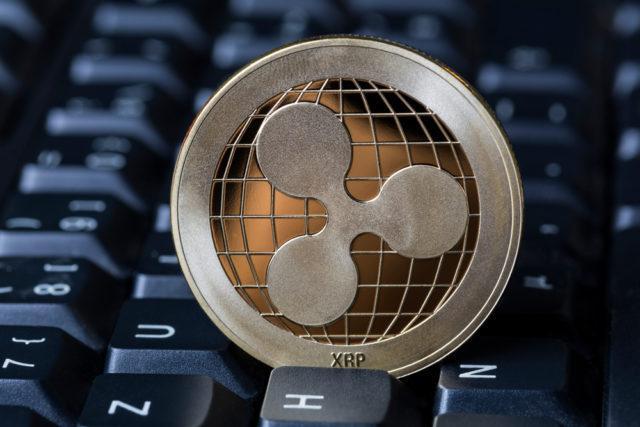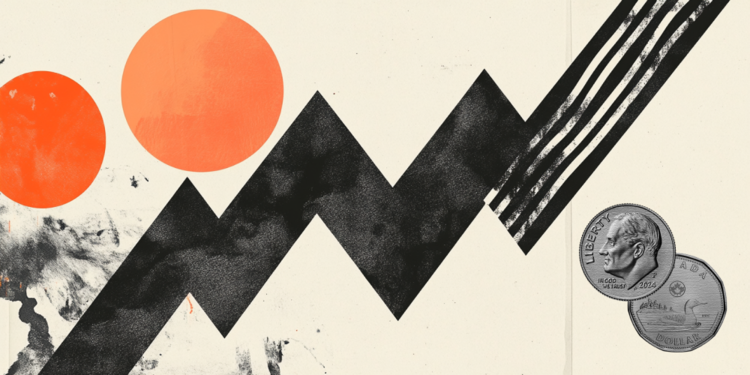The Colombian peso loses land against the US dollarending with a streak of four consecutive days with profits.
He USD/COP It established a minimum of the day at 4,187.25, finding buyers who promoted parity to a maximum not seen from April 25 in 4,260.00.
Currently, the USD/COP rises 1.06 %% on Wednesday, operating at 4,238.00.
The Central Bank of Colombia surprisingly cuts interest rates
The Gross Domestic Product of the United States contracts 0.3% per year in the first quarter of the year, disappointing the forecasts of an increase of 0.4%. This figure is after 2.4% observed in the previous quarter.
At the same time, employment in the US private sector increased by 62,000 positions in April, standing well below the market expectation of 108,000 and the 147,000 registered in March.
On the other hand, the Colombian unemployment rate fell to 9.6% in March from what is the reading of 10.3% of February.
The Bank of the Republic of Colombia surprised today when cutting in 25 basic points the interest rate to place it at 9.25% from 9.50%.
After this news, the Colombian peso falls to a minimum of April 25, while The USD/COP shoots 1.06% today reaching maximums not seen since April 25 at 4,260.00.
US dollar FAQS
The US dollar (USD) is the official currency of the United States of America, and the “de facto” currency of a significant number of other countries where it is in circulation along with local tickets. According to data from 2022, it is the most negotiated currency in the world, with more than 88% of all global currency change operations, which is equivalent to an average of 6.6 billion dollars in daily transactions. After World War II, the USD took over the pound sterling as a world reserve currency.
The most important individual factor that influences the value of the US dollar is monetary policy, which is determined by the Federal Reserve (FED). The Fed has two mandates: to achieve price stability (control inflation) and promote full employment. Its main tool to achieve these two objectives is to adjust interest rates. When prices rise too quickly and inflation exceeds the 2% objective set by the Fed, it rises the types, which favors the price of the dollar. When inflation falls below 2% or the unemployment rate is too high, the Fed can lower interest rates, which weighs on the dollar.
In extreme situations, the Federal Reserve can also print more dollars and promulgate quantitative flexibility (QE). The QE is the process by which the Fed substantially increases the flow of credit in a stuck financial system. It is an unconventional policy measure that is used when the credit has been exhausted because banks do not lend each other (for fear of the default of the counterparts). It is the last resort when it is unlikely that a simple decrease in interest rates will achieve the necessary result. It was the weapon chosen by the Fed to combat the contraction of the credit that occurred during the great financial crisis of 2008. It is that the Fed prints more dollars and uses them to buy bonds of the US government, mainly of financial institutions. Which usually leads to a weakening of the US dollar.
The quantitative hardening (QT) is the reverse process for which the Federal Reserve stops buying bonds from financial institutions and does not reinvote the capital of the wallet values that overcome in new purchases. It is usually positive for the US dollar.
Source: Fx Street
I am Joshua Winder, a senior-level journalist and editor at World Stock Market. I specialize in covering news related to the stock market and economic trends. With more than 8 years of experience in this field, I have become an expert in financial reporting.







